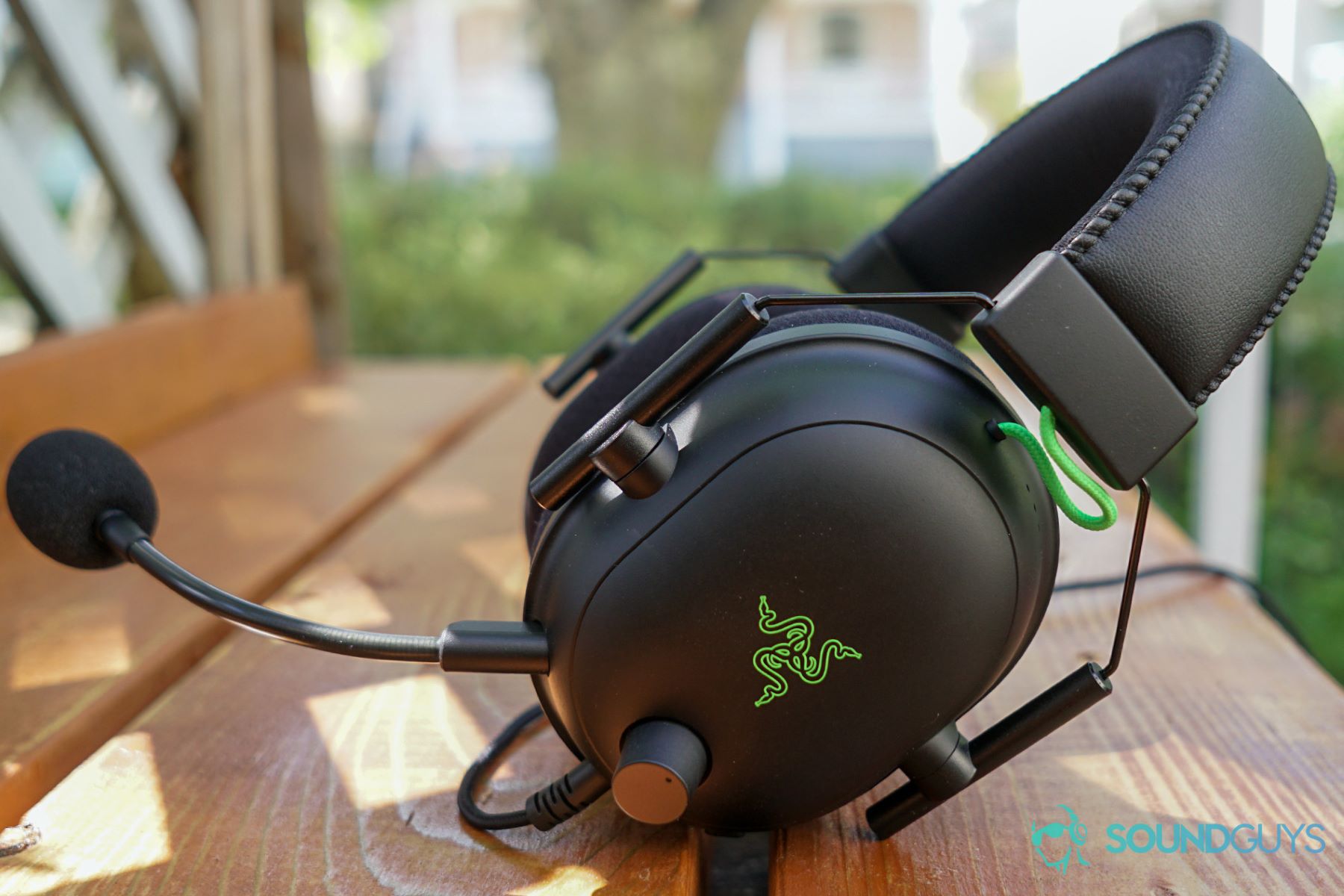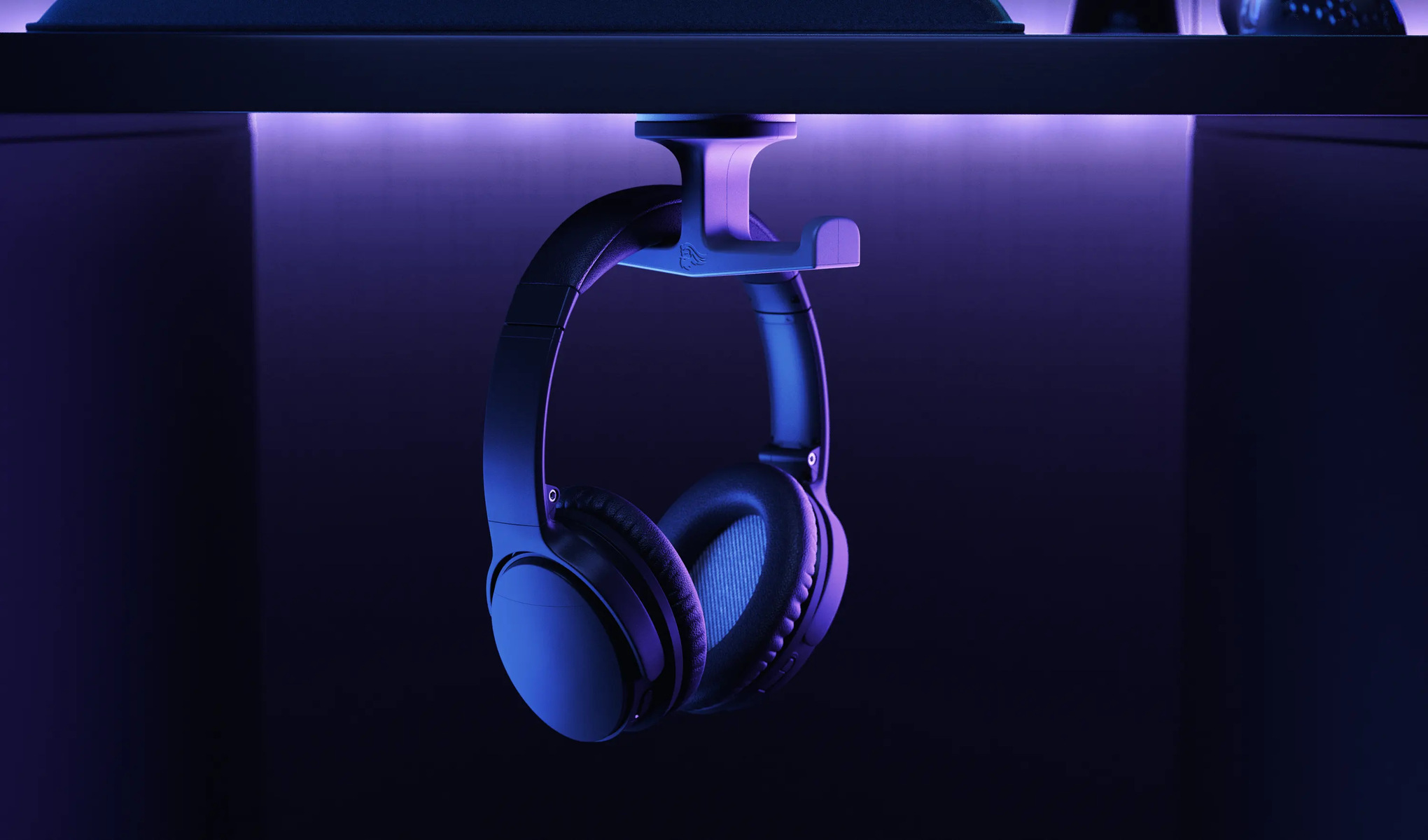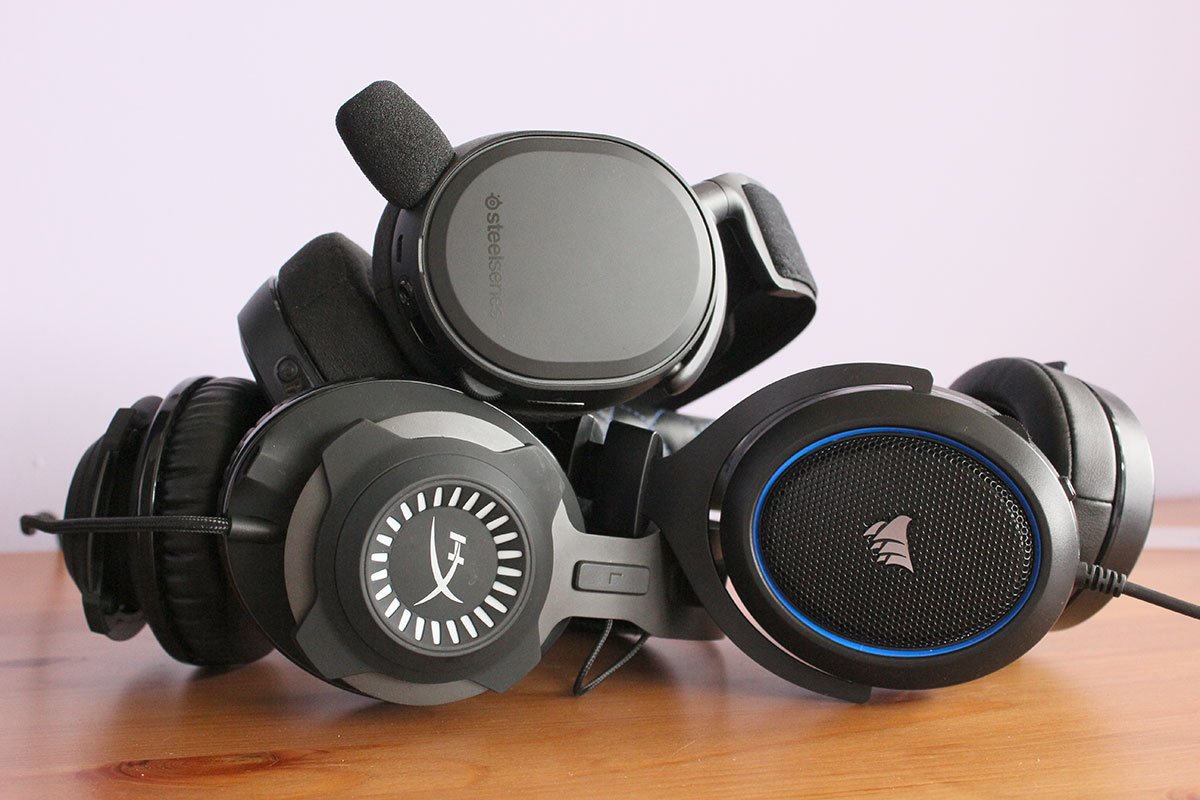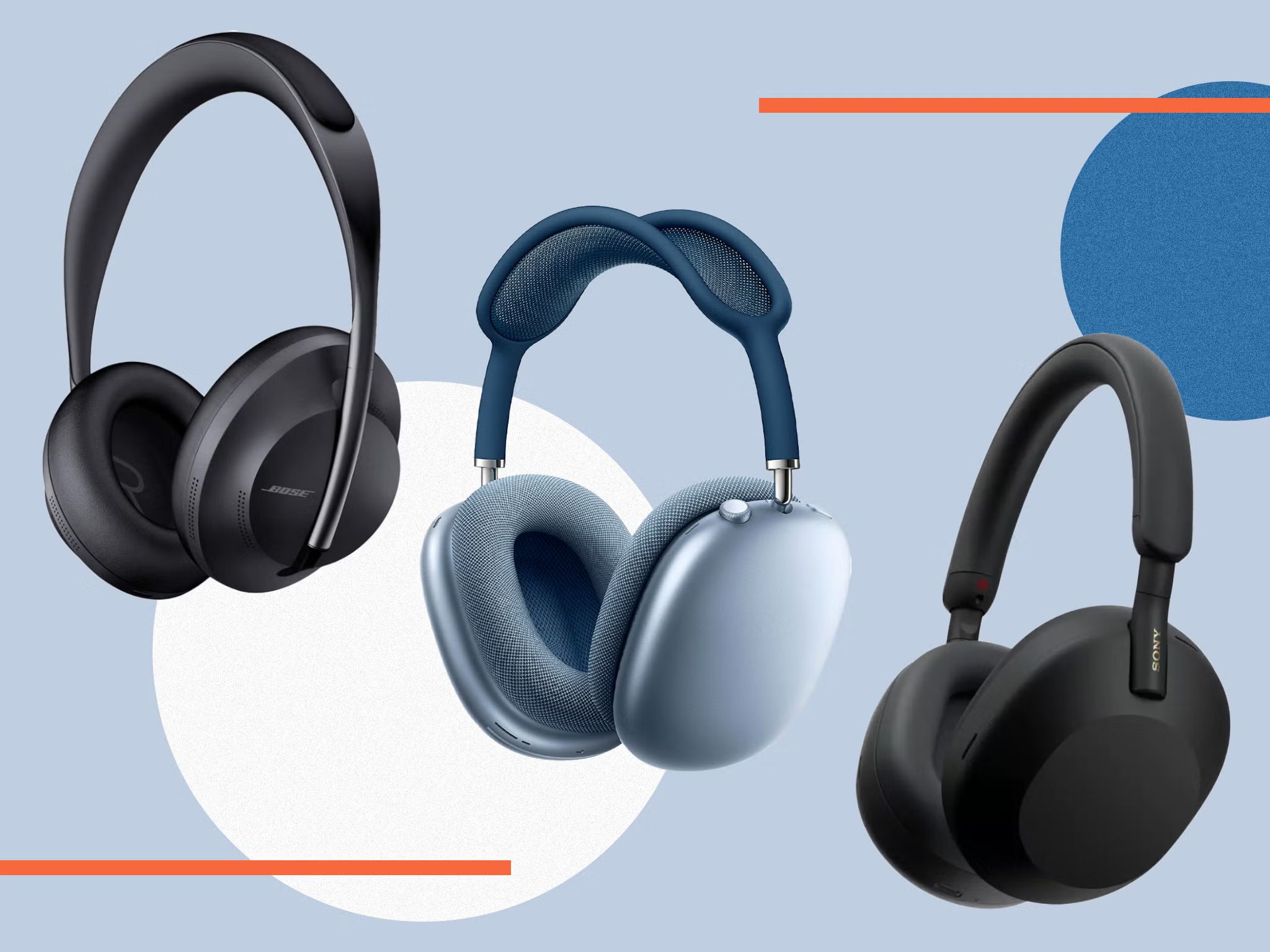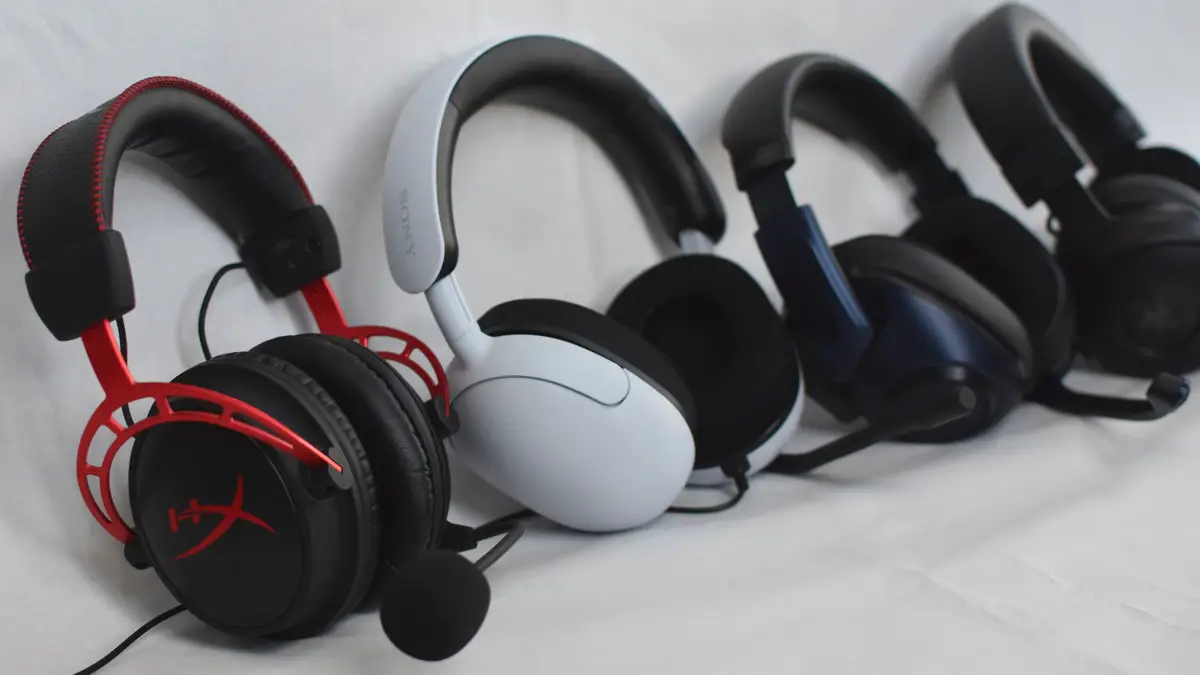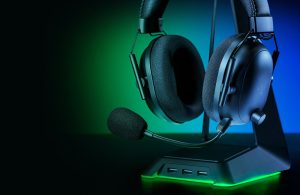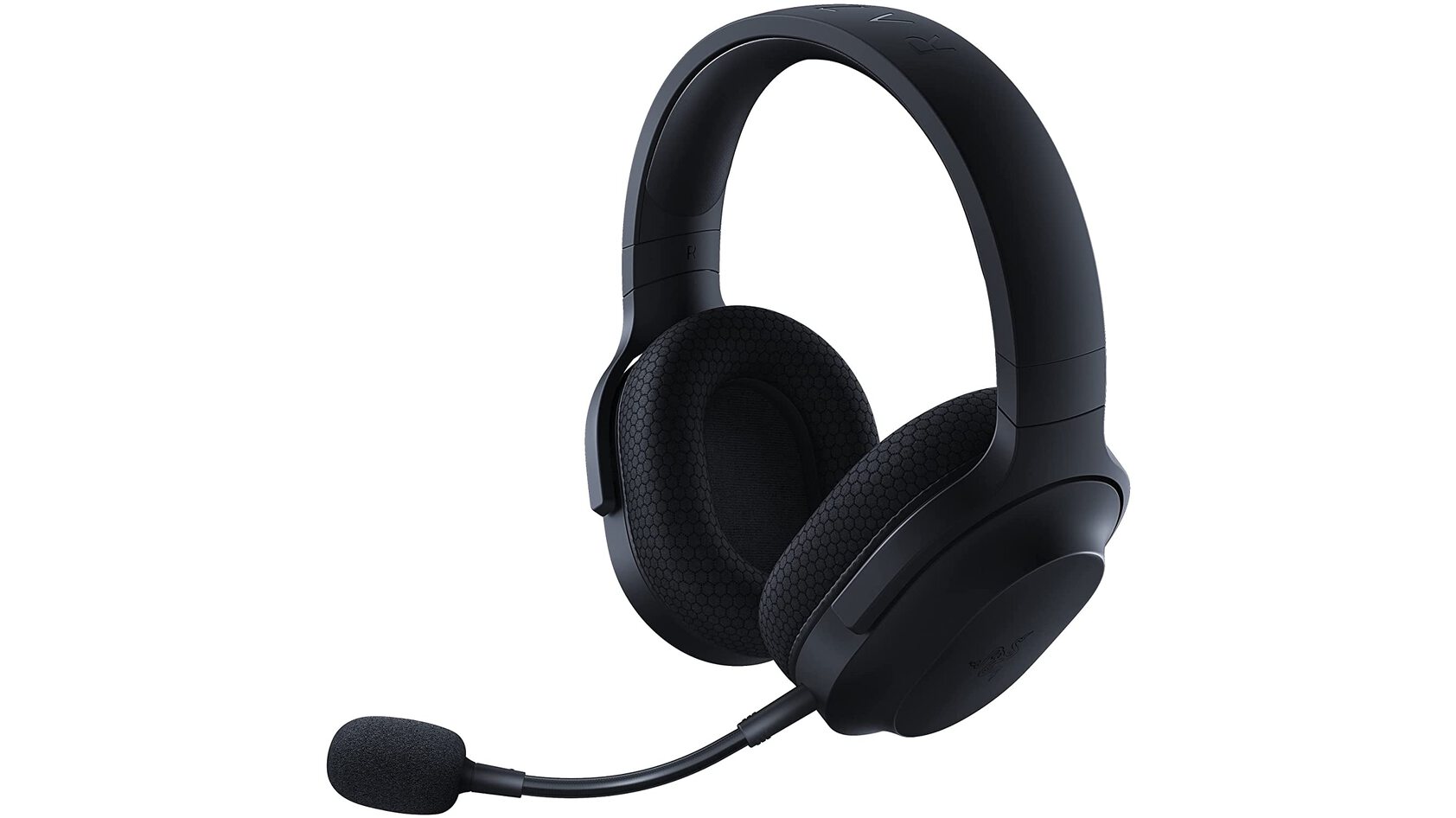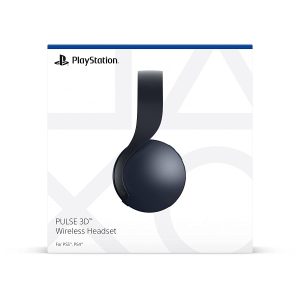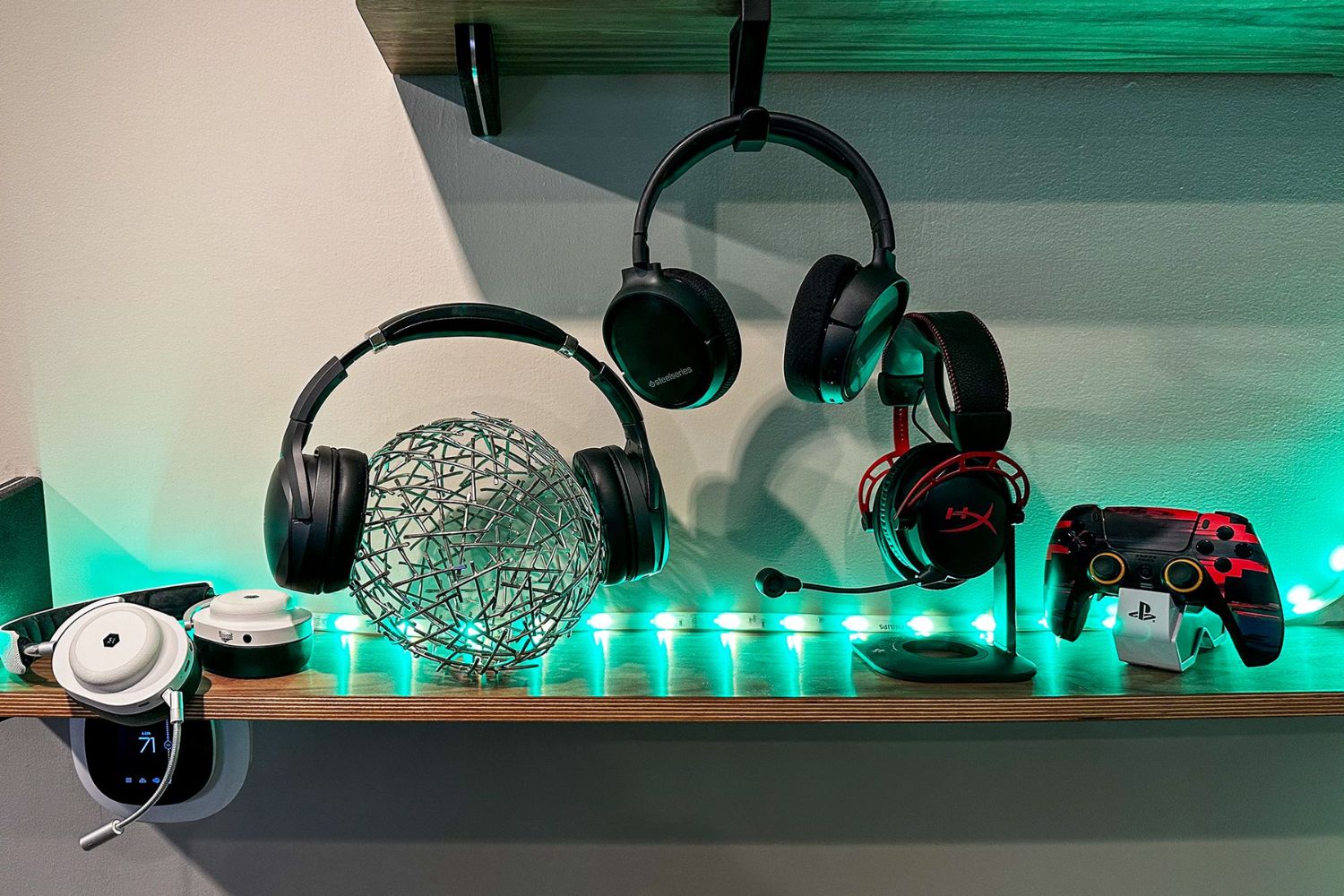Introduction
Introduction
Are you tired of lackluster audio quality from your gaming headset? Do you want to elevate your gaming experience by making your gaming headset sound better? Look no further! In this guide, we will explore various tips and techniques to enhance the audio performance of your gaming headset. Whether you are an avid gamer, a content creator, or simply a music enthusiast, optimizing your headset's sound can make a significant difference in your overall audio experience. From choosing the right gaming headset to utilizing advanced audio equipment, we will delve into practical strategies that can take your gaming audio to the next level.
As gaming continues to evolve, audio quality has become an increasingly crucial aspect of the overall gaming experience. Clear and immersive sound can provide a competitive edge in gaming, enrich storytelling in single-player adventures, and amplify the thrill of multiplayer interactions. By understanding how to maximize the potential of your gaming headset, you can unlock a new dimension of audio fidelity and precision. Whether you prefer the thunderous explosions of action games, the subtle nuances of atmospheric soundtracks, or the clarity of voice communication in multiplayer settings, optimizing your gaming headset can revolutionize the way you experience sound in gaming.
Throughout this guide, we will cover a range of techniques, from simple adjustments to more advanced configurations, ensuring that there is something for everyone, regardless of technical expertise. By the end of this journey, you will be equipped with the knowledge and tools to transform your gaming headset into a powerhouse of audio performance. So, let's embark on this audio-enhancing adventure and discover how to make your gaming headset sound better!
Choose the Right Gaming Headset
When aiming to optimize the audio quality of your gaming experience, selecting the right gaming headset is the foundational step. With a myriad of options available in the market, it’s essential to consider several key factors to ensure that your chosen headset aligns with your audio preferences and gaming requirements.
First and foremost, prioritize a headset with high-quality audio drivers. These drivers are responsible for converting electrical signals into sound, making them a critical component in delivering rich and immersive audio. Opt for headsets equipped with precision-tuned drivers that offer a wide frequency response and minimal distortion, enabling you to discern intricate details in the audio while maintaining clarity across the entire spectrum.
Comfort is another pivotal aspect to contemplate. Since gaming sessions can extend for hours, a comfortable headset can significantly impact your overall gaming experience. Look for ergonomically designed headsets with plush ear cushions and an adjustable headband to minimize fatigue and ensure a snug fit without exerting undue pressure on your head.
Furthermore, consider the microphone quality if voice communication is integral to your gaming activities. A clear and noise-canceling microphone can enhance your in-game communication, whether you’re strategizing with teammates or engaging in online banter. Seek headsets with flexible and detachable microphones, allowing you the flexibility to adjust or remove the microphone as needed.
Compatibility with your gaming platform is also crucial. Whether you primarily game on a PC, console, or both, ensure that the headset you choose is compatible with your preferred gaming systems. Additionally, if you frequently engage in competitive gaming, a headset with surround sound capabilities can provide a distinct advantage by offering spatial awareness and directional audio cues, heightening your situational awareness within the game environment.
By carefully considering these factors and conducting thorough research, you can pinpoint a gaming headset that harmonizes with your audio preferences, gaming habits, and comfort requirements. Remember, the right gaming headset lays the groundwork for an exceptional audio experience, setting the stage for the subsequent steps in optimizing its sound performance.
Adjust the EQ Settings
Once you have secured a high-quality gaming headset, the next step in enhancing its audio performance involves adjusting the equalizer (EQ) settings. The EQ settings allow you to fine-tune the audio output to suit your personal preferences and optimize the headset’s sound signature for different types of content, whether it’s gaming, music, or movies.
Most gaming platforms, sound cards, and audio software come equipped with EQ controls, enabling you to adjust the intensity of specific frequency bands such as bass, midrange, and treble. When delving into EQ adjustments, consider the sonic characteristics you wish to emphasize or attenuate. For instance, if you relish deep, rumbling bass during intense gaming moments, you might elevate the lower frequencies to heighten the impact of explosions and low-end effects. Conversely, if you value crystal-clear dialogue and detailed soundscapes, refining the midrange and treble frequencies can accentuate vocal clarity and ambient textures.
Experimenting with EQ settings can be an iterative process, requiring attentive listening and incremental adjustments to discern the optimal balance for your preferred audio profile. You may find that certain games or music genres benefit from distinct EQ presets, allowing you to create custom profiles tailored to specific content types. Additionally, many gaming headsets offer companion software that grants granular control over EQ settings, empowering you to create personalized audio profiles that align with your sonic preferences.
It’s important to approach EQ adjustments with a discerning ear, as excessive modifications can lead to audio distortion or an unnatural tonal balance. Strive for a balanced EQ configuration that elevates the headset’s strengths without overshadowing the finer nuances of the audio content. By leveraging the EQ settings to sculpt the audio output according to your preferences, you can unlock the full sonic potential of your gaming headset, immersing yourself in an audio landscape that resonates with your individual tastes.
Use a Sound Card or DAC
Enhancing the audio fidelity of your gaming headset can be further augmented by incorporating a dedicated sound card or digital-to-analog converter (DAC) into your audio setup. While modern motherboards often include integrated audio solutions, investing in a high-quality sound card or DAC can yield substantial improvements in audio processing, signal clarity, and overall sound reproduction.
A sound card serves as an expansion component that processes audio data and delivers it to your headset with enhanced precision and fidelity. By offloading audio processing from the motherboard’s integrated chipset, a dedicated sound card can minimize electromagnetic interference and reduce audio latency, resulting in cleaner and more responsive audio output. Furthermore, premium sound cards often feature advanced digital signal processing (DSP) capabilities, enabling virtual surround sound, customizable EQ settings, and audio enhancements tailored for gaming and multimedia applications.
Alternatively, a DAC serves as an external audio converter that bypasses the internal sound processing of your computer or gaming console, delivering pristine analog audio signals directly to your headset. DACs are renowned for their ability to convert digital audio data into high-fidelity analog signals with exceptional clarity and minimal distortion, elevating the overall sound quality and revealing nuanced details in the audio content.
When selecting a sound card or DAC, prioritize models equipped with high-resolution audio support, robust amplification, and low output impedance to ensure compatibility with a wide range of headphones and gaming headsets. Additionally, consider the connectivity options offered by the sound card or DAC, such as USB, optical, or PCIe interfaces, to seamlessly integrate it into your existing audio setup.
For gaming enthusiasts seeking an immersive audio experience, sound cards and DACs can unlock the full sonic potential of high-end gaming headsets, enabling precise spatial audio rendering, immersive surround sound, and heightened positional accuracy in games that leverage advanced audio technologies. Whether you’re navigating intense firefights in first-person shooters or immersing yourself in the rich soundscapes of open-world adventures, a premium sound card or DAC can elevate your gaming audio to new heights, enriching your auditory experience and amplifying the emotional impact of in-game audio cues and music.
Position the Microphone Correctly
While optimizing the sound quality of your gaming headset, it’s essential to pay attention to the positioning and configuration of the microphone. A well-positioned microphone not only ensures clear and intelligible voice communication during gaming sessions but also minimizes background noise and enhances the overall audio experience for you and your fellow gamers.
First and foremost, adjust the microphone boom to position the microphone element approximately two finger-widths away from the corner of your mouth. This positioning strikes a balance between capturing clear vocal input and minimizing plosive sounds and breathing noises that can detract from the quality of your voice transmission. Additionally, positioning the microphone closer to the corner of your mouth as opposed to directly in front of it can mitigate the impact of breath blasts and sibilant sounds, resulting in cleaner and more natural-sounding voice capture.
Furthermore, consider the ambient noise in your gaming environment and make adjustments to the microphone sensitivity or noise-canceling settings if available. If you’re gaming in a noisy environment, such as a shared living space or a bustling gaming convention, activating noise-canceling features can help attenuate background sounds and focus on capturing your voice with greater clarity. Conversely, if you prefer to maintain awareness of your surroundings while gaming, adjusting the microphone sensitivity to capture ambient sounds may be beneficial.
Many modern gaming headsets feature flexible and rotatable microphone booms, allowing you to fine-tune the microphone’s position and angle for optimal voice capture. Experiment with different microphone positions and angles to find the configuration that best suits your voice and minimizes unwanted noise. Additionally, be mindful of any physical obstructions or objects that may obstruct the microphone’s path, as these can impede the microphone’s ability to capture your voice accurately and may introduce unintended artifacts into your communication.
By ensuring the correct positioning of your gaming headset’s microphone and leveraging the available settings to tailor its performance to your specific gaming environment, you can elevate the clarity and precision of your voice communication, fostering seamless teamwork and camaraderie in multiplayer games and enhancing the overall immersive experience of your gaming sessions.
Consider Using a Headphone Amp
When seeking to optimize the audio performance of your gaming headset, the incorporation of a headphone amplifier, or amp, can significantly enhance the quality and power of the audio output, especially for high-impedance headphones. A headphone amp serves as an intermediary device that receives audio signals from your gaming platform, sound card, or DAC and amplifies them to deliver robust and detailed sound to your headset.
One of the primary benefits of using a headphone amp is its ability to drive high-impedance headphones with ease, ensuring that they receive sufficient power to reproduce audio with clarity and precision. High-impedance headphones, characterized by their resistance to electrical current, often necessitate more power to reach their full sonic potential. By connecting your gaming headset to a headphone amp, you can unleash the full dynamic range and fidelity of your headphones, allowing you to experience the nuances and subtleties of the audio content with heightened clarity and impact.
Furthermore, headphone amps are designed to minimize audio distortion and provide a clean, transparent signal path, resulting in improved signal-to-noise ratios and reduced interference, especially when compared to the headphone output of standard audio devices. This pristine audio amplification can elevate the overall sound quality of your gaming headset, unveiling finer details in the audio and enhancing the immersive nature of your gaming experience.
For gamers who prioritize spatial awareness and positional audio accuracy, headphone amps with integrated surround sound processing can offer a compelling advantage. These amps can simulate immersive 3D audio environments, heightening your ability to discern directional cues and spatial nuances in games, ultimately enhancing your situational awareness and competitive edge.
When selecting a headphone amp, consider models that align with the impedance and sensitivity characteristics of your gaming headset, ensuring compatibility and optimal performance. Additionally, explore headphone amps that offer customizable EQ settings, allowing you to tailor the audio output to your personal preferences and gaming requirements.
By integrating a headphone amp into your gaming audio setup, you can harness the full potential of your gaming headset, unlocking a realm of sonic richness, detail, and power that transcends the limitations of standard headphone outputs. Whether you’re delving into intense gaming battles, immersing yourself in cinematic narratives, or enjoying your favorite music, a headphone amp can be a transformative addition that elevates your auditory experience to new heights.
Upgrade Your Audio Drivers
Ensuring that your gaming headset benefits from the latest audio drivers is a crucial step in optimizing its sound performance. Audio drivers serve as the interface between your operating system, audio hardware, and applications, facilitating the translation of digital audio signals into analog sound waves. By keeping your audio drivers updated, you can leverage performance enhancements, bug fixes, and improved compatibility that can positively impact the audio quality and functionality of your gaming headset.
For users running Windows-based systems, regularly updating your audio drivers can be accomplished through the Device Manager or by visiting the manufacturer’s website to download the latest driver packages. These updates often address audio processing optimizations, audio stream management, and latency reduction, contributing to a more responsive and refined audio experience during gaming sessions.
Similarly, macOS users can ensure that their gaming headset benefits from the latest audio driver improvements by checking for system updates and visiting the official websites of their headset’s manufacturer for any available driver updates or firmware upgrades. These updates may introduce performance optimizations, compatibility enhancements, and feature refinements that can elevate the overall audio quality and functionality of the gaming headset.
Furthermore, if you are utilizing a dedicated sound card or external DAC in conjunction with your gaming headset, it is imperative to keep the associated drivers and control software up to date. These updates can introduce advanced audio processing algorithms, customizable EQ settings, and surround sound enhancements that can enrich the audio output and expand the capabilities of your gaming audio setup.
When updating audio drivers, it’s essential to follow best practices such as creating system restore points or backups to safeguard against potential issues that may arise from driver updates. Additionally, carefully reviewing the release notes accompanying driver updates can provide insights into the specific improvements and optimizations introduced in the new driver versions, allowing you to gauge the potential impact on your gaming headset’s audio performance.
By staying vigilant and proactive in updating your gaming headset’s audio drivers and associated audio hardware, you can harness the latest advancements in audio processing, latency reduction, and feature enhancements, ensuring that your gaming audio setup operates at its full potential, delivering immersive and high-fidelity audio experiences across a diverse range of gaming genres and multimedia content.
Conclusion
Embarking on the journey to optimize the sound quality of your gaming headset has unveiled a wealth of strategies and techniques to elevate your audio experience. From selecting the right gaming headset to leveraging advanced audio equipment and software, the quest to make your gaming headset sound better is a testament to the transformative power of audio enhancement.
By prioritizing the selection of a high-quality gaming headset equipped with precision-tuned audio drivers, ergonomic design, and clear microphone capabilities, you lay the foundation for a superior audio experience. Comfort, audio fidelity, and compatibility with your gaming platform are essential factors to consider when choosing a gaming headset that aligns with your preferences and gaming habits.
Delving into the realm of audio customization through EQ settings and software adjustments empowers you to tailor the sonic characteristics of your gaming headset to suit diverse content types and personal preferences. Fine-tuning the EQ settings can unlock the full potential of your headset, accentuating the nuances of gaming audio, music, and cinematic soundtracks with precision and clarity.
Exploring the integration of sound cards, DACs, and headphone amplifiers into your gaming audio setup presents an opportunity to elevate the power, fidelity, and spatial awareness of your gaming headset. These audio enhancement components can unveil the full sonic potential of high-end gaming headsets, delivering immersive surround sound, pristine audio amplification, and heightened positional accuracy in games that leverage advanced audio technologies.
Additionally, the meticulous positioning and configuration of the headset’s microphone, coupled with the utilization of advanced audio drivers and control software, can enhance voice communication clarity and ensure that your gaming audio setup operates at its full potential, delivering immersive and high-fidelity audio experiences across a diverse range of gaming genres and multimedia content.
As you embark on the journey to optimize your gaming headset’s sound, remember that each enhancement and adjustment contributes to a more immersive, precise, and emotionally resonant audio experience. Whether you’re engaging in intense gaming battles, immersing yourself in captivating narratives, or enjoying the camaraderie of multiplayer interactions, the pursuit of audio excellence enriches every facet of your gaming journey. By embracing these strategies and techniques, you can unlock the full potential of your gaming headset, immersing yourself in a world of rich, detailed, and captivating audio that transcends the boundaries of virtual realms and resonates with the essence of your gaming passion.







